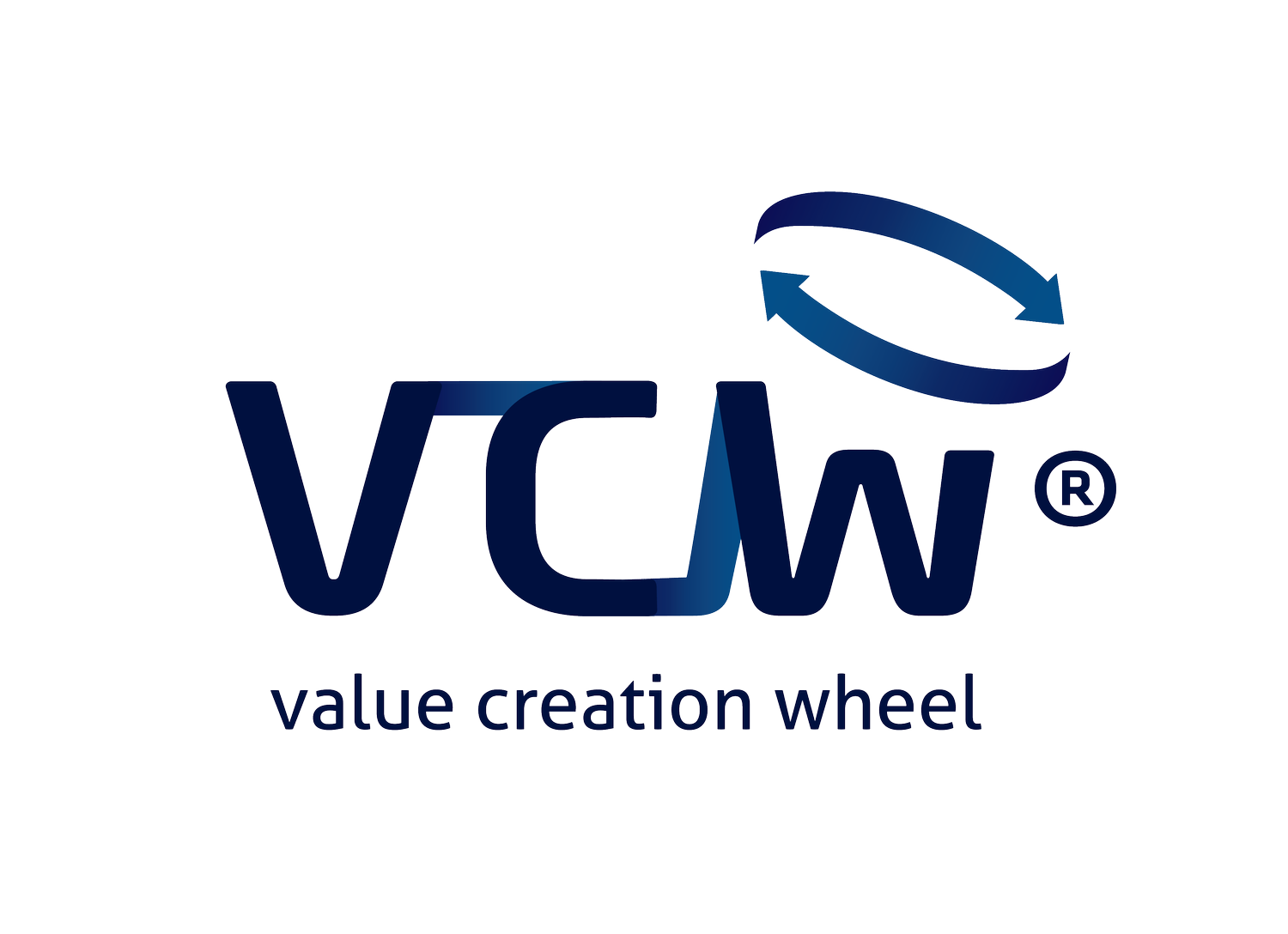VCW for KITV: Predicting Earthquake Occurrences Using Earth Observation Technology
Leveraging satellite imagery and advanced analytics to predict earthquakes and minimize their impact.
How can we use our Start-Up QTB to predict earthquake occurrences using Earth Observation Technology?
This project utilizes the Value Creation Wheel (VCW) framework to develop a solution for predicting earthquake occurrences using Earth Observation (EO) technology. The analysis focuses on leveraging satellite imagery, advanced analytics, and partnerships to provide accurate and timely earthquake predictions.
Overview:
KITV aims to address the devastating impact of earthquakes by developing a solution that predicts their occurrences. The team used the VCW framework to analyze the market, competitors, and potential solutions, focusing on the use of EO technology. The project involved extensive research, stakeholder engagement, and prototype development.
Process:
The team followed the five phases of the VCW:
Discover Value: Defined the problem of earthquake prediction and the potential of EO technology to address it.
Create Value: Generated ideas and solutions, including leveraging satellite imagery, AI, and partnerships with technology providers.
Validate Value: Engaged with stakeholders and used the POKER method to refine and select the most promising solutions and filters.
Capture Value: Applied the filters through a Value Creation Funnel (VCF) to identify the United States, specifically California, as the target market.
Consolidate: Developed a prototype, including an interface and app, for delivering earthquake prediction services. Defined the marketing plan, pricing strategy, and team structure.
Key Takeaways:
EO Technology for Earthquake Prediction: EO technology, combined with advanced analytics and ground-based sensors, can provide valuable data for predicting earthquake occurrences.
California as a Target Market: California's high earthquake risk and concentration of potential customers make it an ideal target market.
Partnerships are Key: Collaborating with technology providers and research institutions enhances the accuracy and reliability of earthquake predictions.
Stakeholder Engagement is Crucial: Engaging with stakeholders, including government agencies, insurance companies, and utility companies, ensures the solution meets their needs.
A Multi-Faceted Approach is Necessary: Combining EO data with other technologies and human expertise provides a more comprehensive and accurate prediction system.
Conclusion:
KITV's application of the VCW framework demonstrates the potential of EO technology to address the challenge of earthquake prediction. The project highlights the importance of a structured and collaborative approach to solution development. By leveraging satellite imagery, advanced analytics, and strategic partnerships, KITV can provide valuable services to mitigate the impact of earthquakes and save lives.


